The construction of the meter is fairly simple: an obstruction is placed directly in the flow path, forcing liquids or gases to move around it. When the flow moves around this obstruction, or bluff body, two symmetrical vortices are created on the opposite side, changing the pressure of the flow. Read More...
Founded in 1971, Sierra Instruments quickly earned its role as an industry leader providing cost efficient high-performance fluid flow measurement and control instrumentation. Like our product line, this role and reputation for excellence has only improved over time with more than 150 locations in over 50 countries to provide a robust network of customer service and support. We understand the...
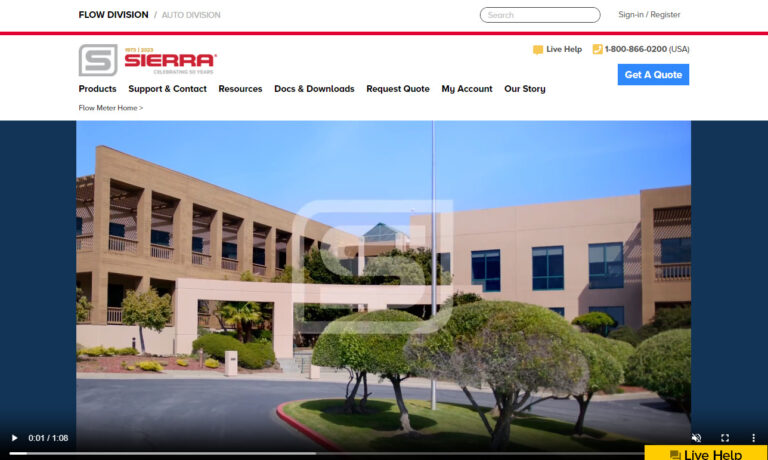
More Vortex Flow Meter Manufacturers
A sensor is placed between two vortices created by an obstacle in the center of a flow stream, put there to measure changes in pressure, transmitting this data to an electronic signal conditioner outside the meter. Because the principle used in the vortex flow meter is naturally occurring and requires no moving parts, vortex flow meters can measure a wide range of viscosities and do not depend upon uniform density.
Vortex flow meters are highly resistant to vibration, unlike other types of mass flow meters, and for this reason may be used in harsh processes and environmental conditions. The materials used vary depending on which substances will be used with the device. Stainless steel is the most common material; depending on which substances the flow meter will come into contact with, different grades of stainless steel are used with varying corrosion-resistant and strength properties. Vortex flow meters are used for in many industrial applications for flow measurements to help companies determine profit gain or loss as well as for efficiency purposes.
A vortex flow meter usually includes a bluff body, a vortex sensor and transmitter electronics which may be located in the assembly or mounted remotely. The majority of vortex flow meters use piezoelectric or capacitance sensors to detect the pressure changes around the bluff body. These flow meters may range in size from ½ inch to a foot in diameter. The bluff body is available in square, rectangular, T, and trapezoidal shapes; the best shape varies with each installation and application. It must be wide enough to accommodate the entire flow of the liquid or gas with protruding edges to correct any flow separation that occurs.
There are very many other kinds of flow meters aside from the vortex design including orifice, venture, positive displacement, turbine, electromagnetic, Doppler Effect, Coriolis, thermal mass, and more. Thermal mass flow meters take measurements by calculating how much heat loss occurs in the flowing liquid. Coriolis flow meters operate on the basis of the Coriolis Effect in which, an excitation force is applied to the flow meter tube, causing the fluid or gas to rotate because the acceleration acts in opposite directions on both sides of the applied force. Doppler Effect flow meters are ultrasonic and use sound to operate.

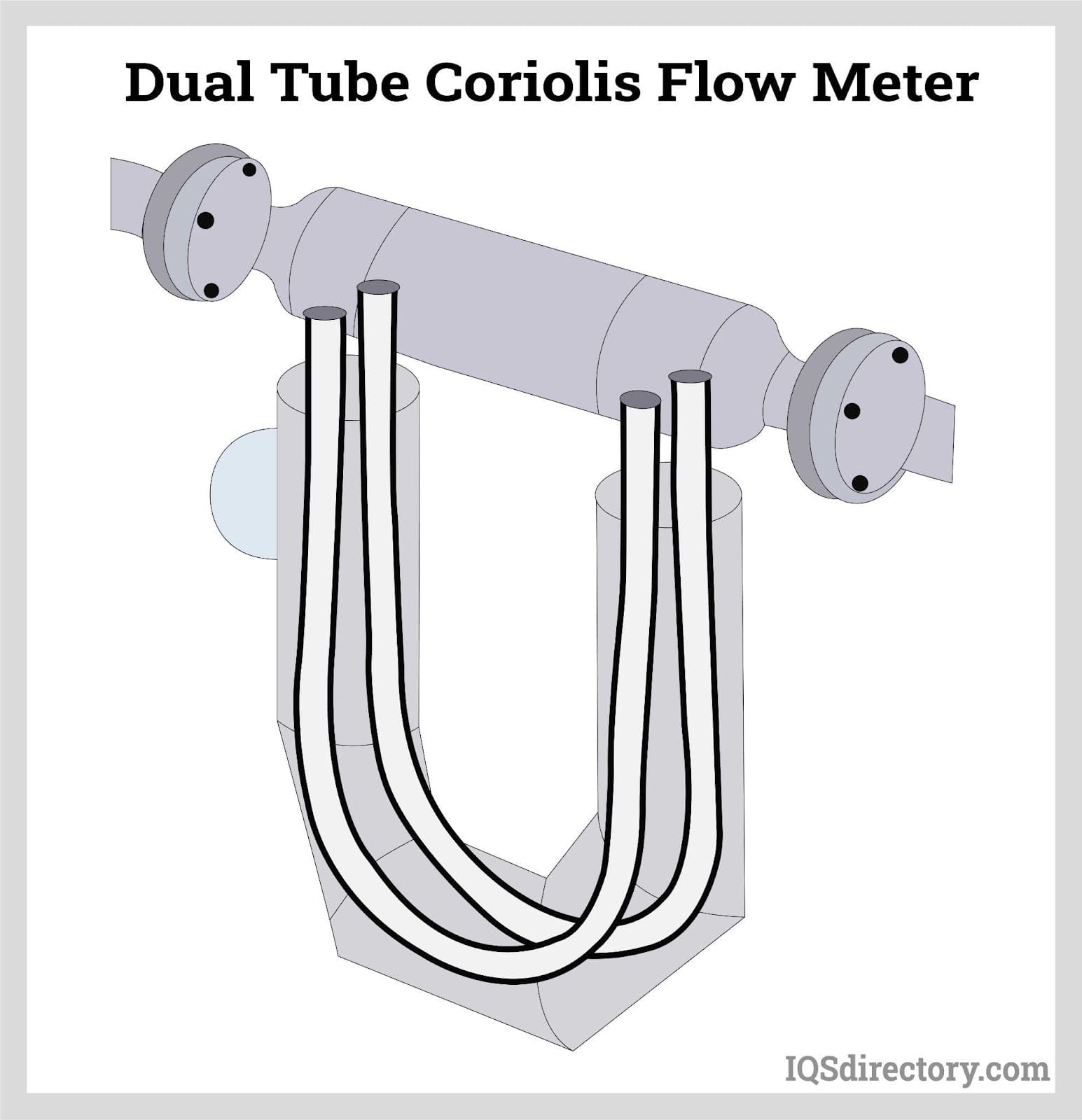
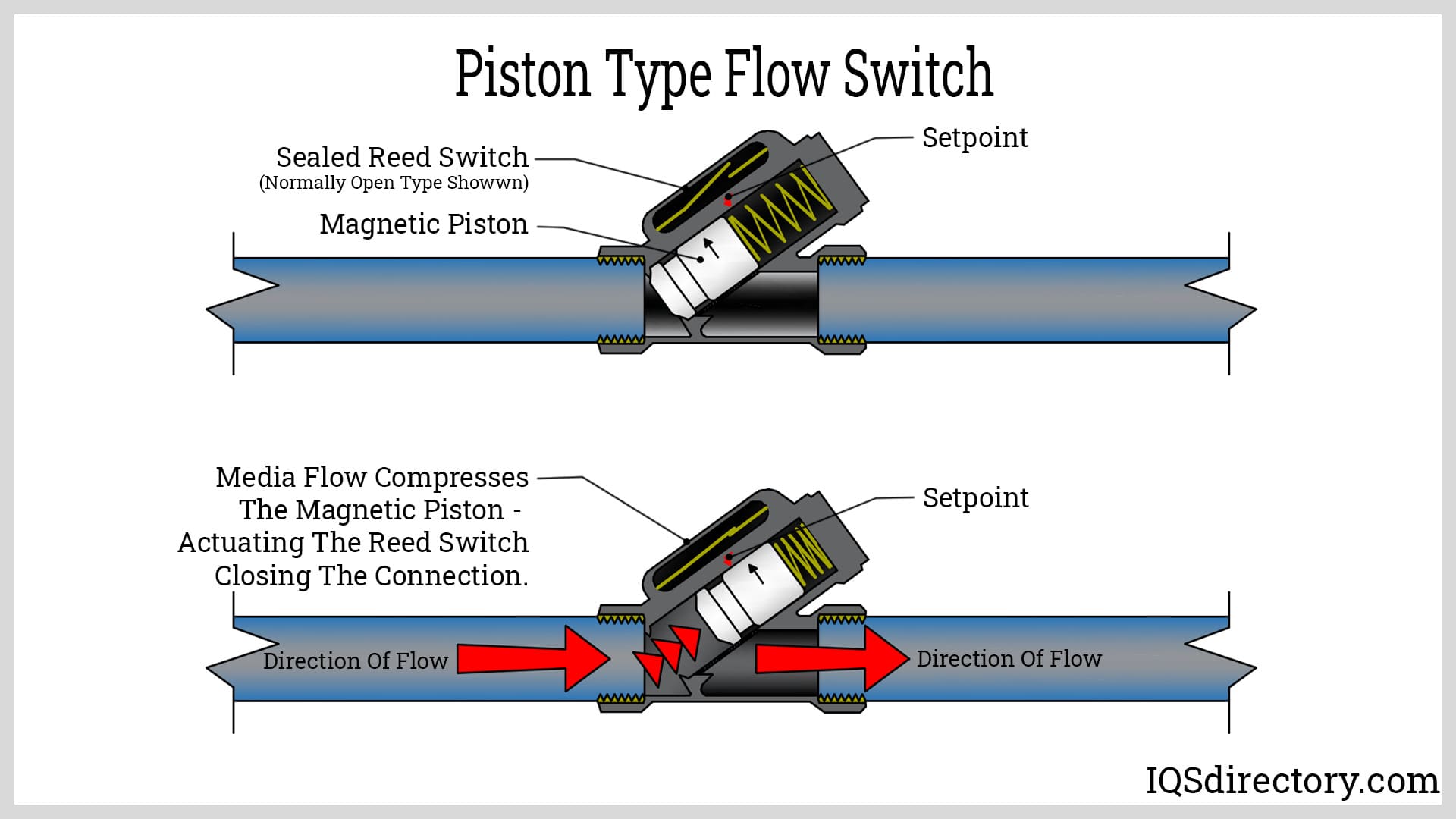
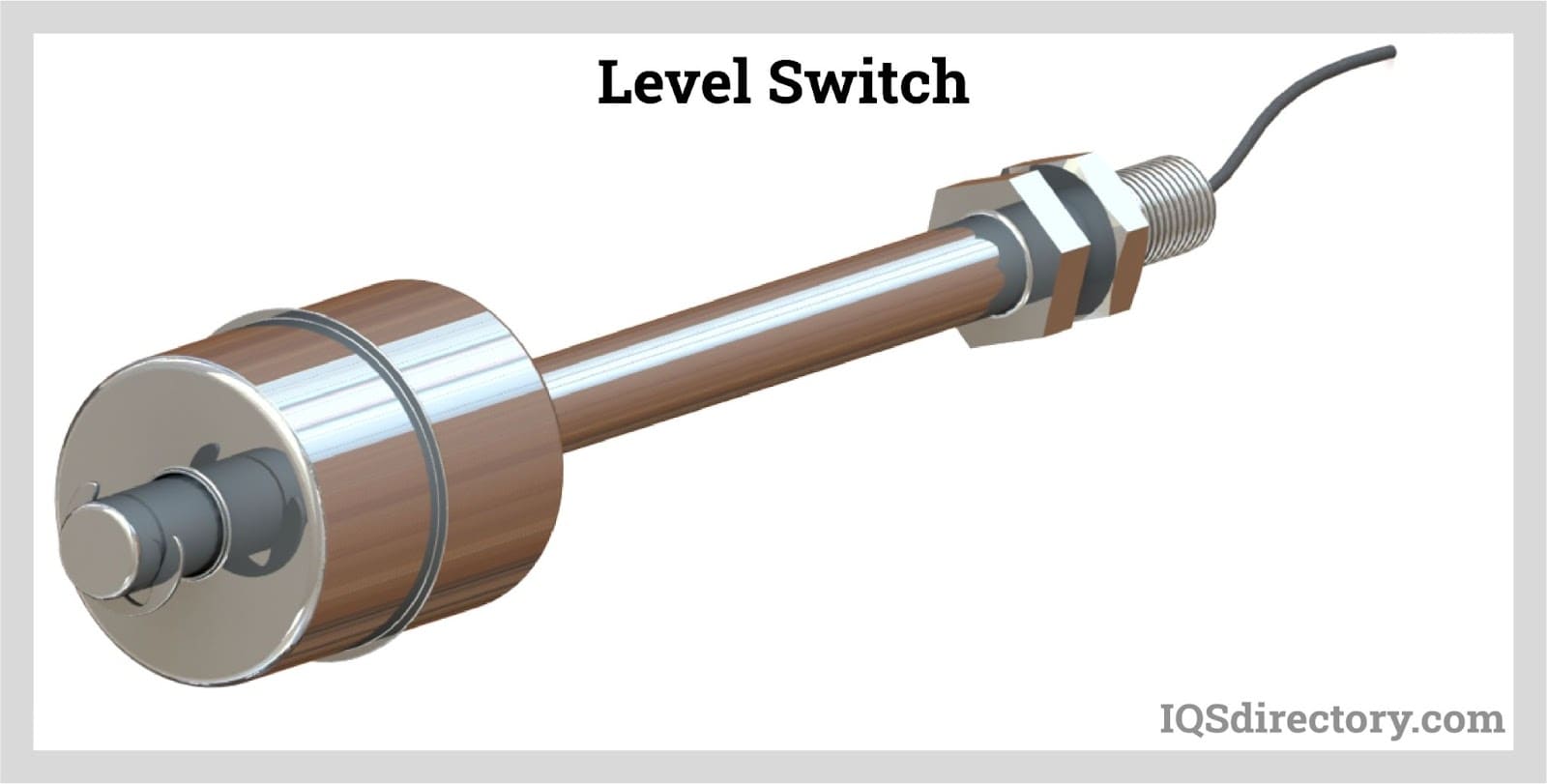
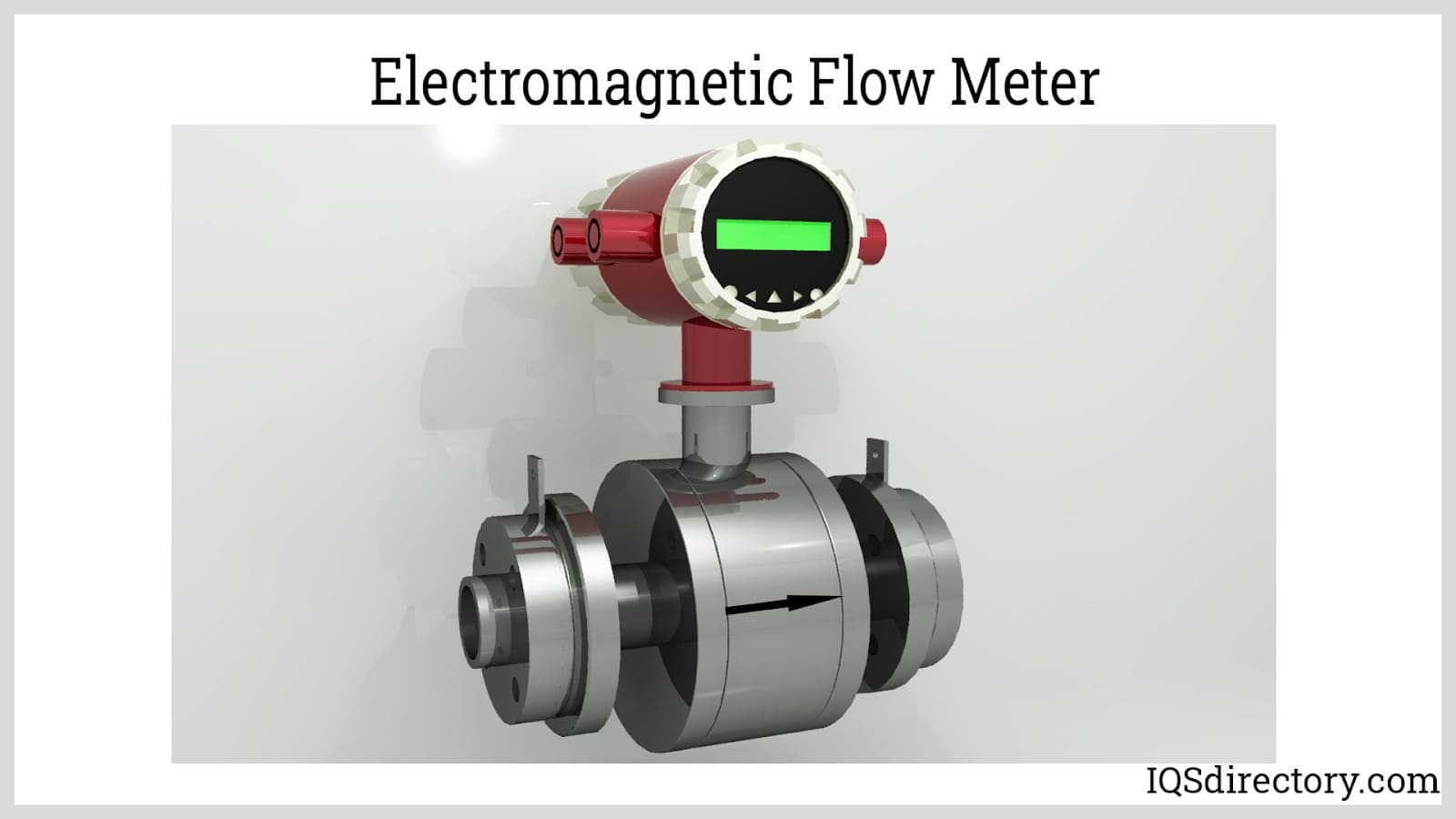
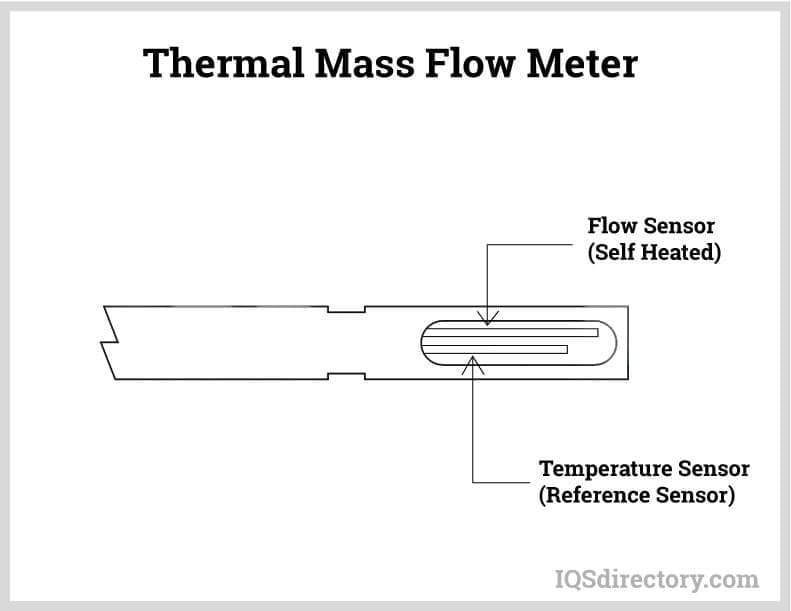
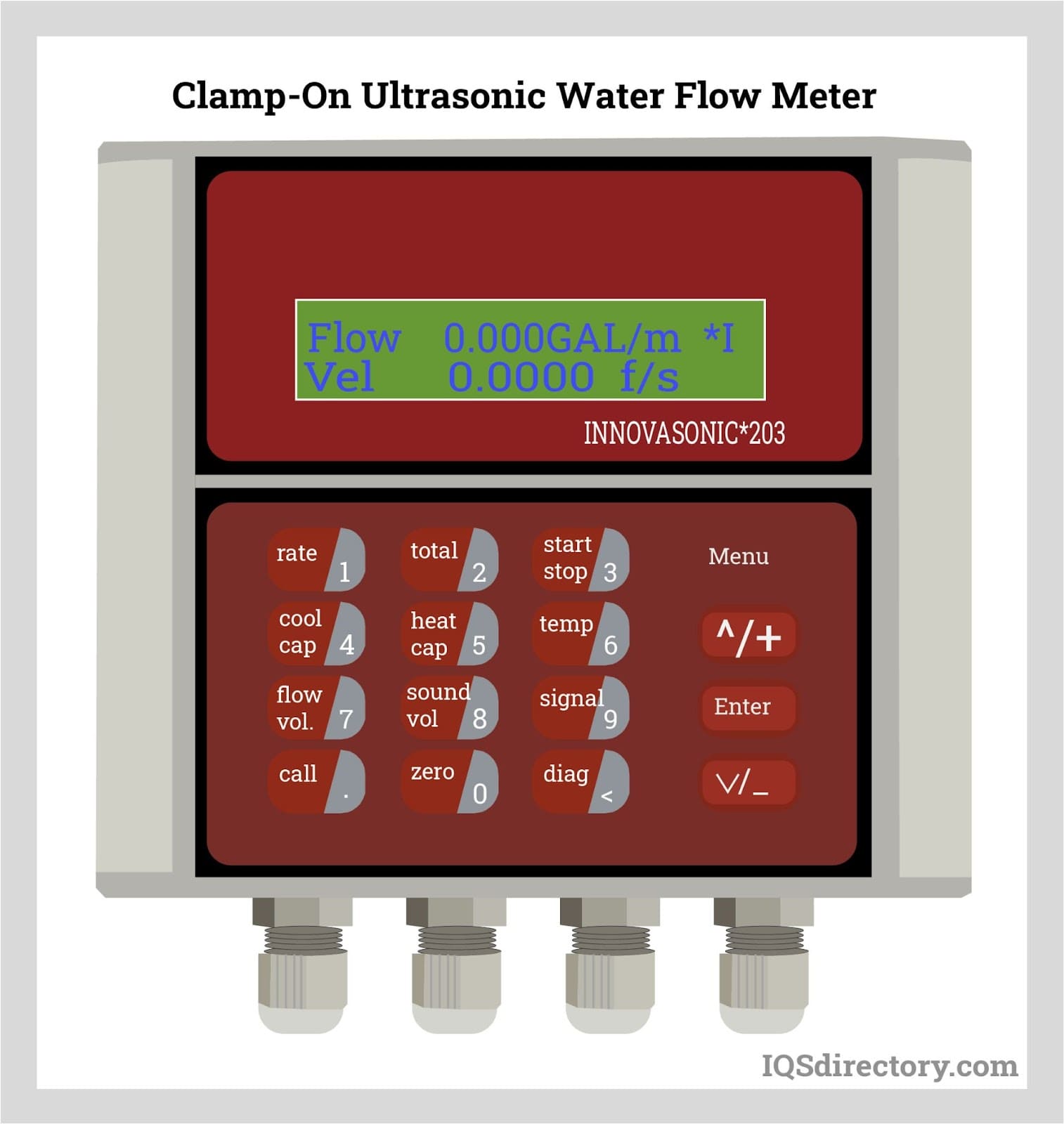
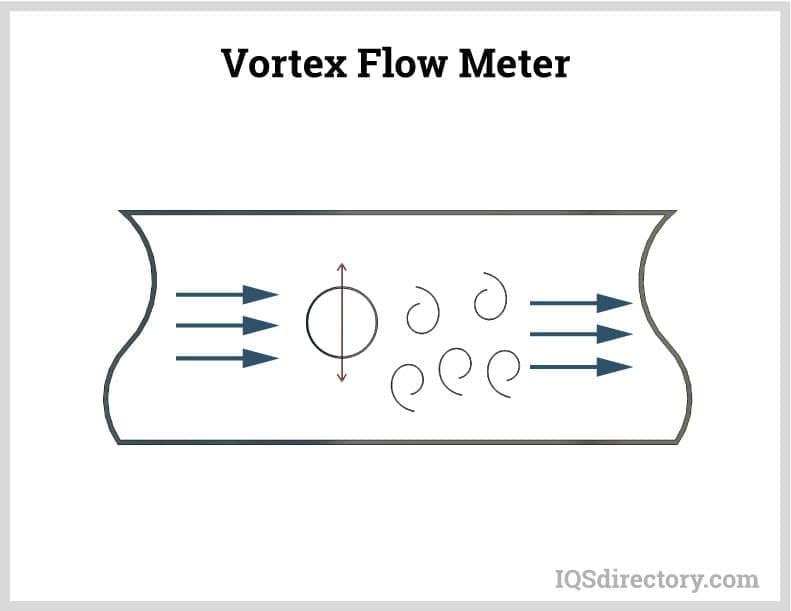
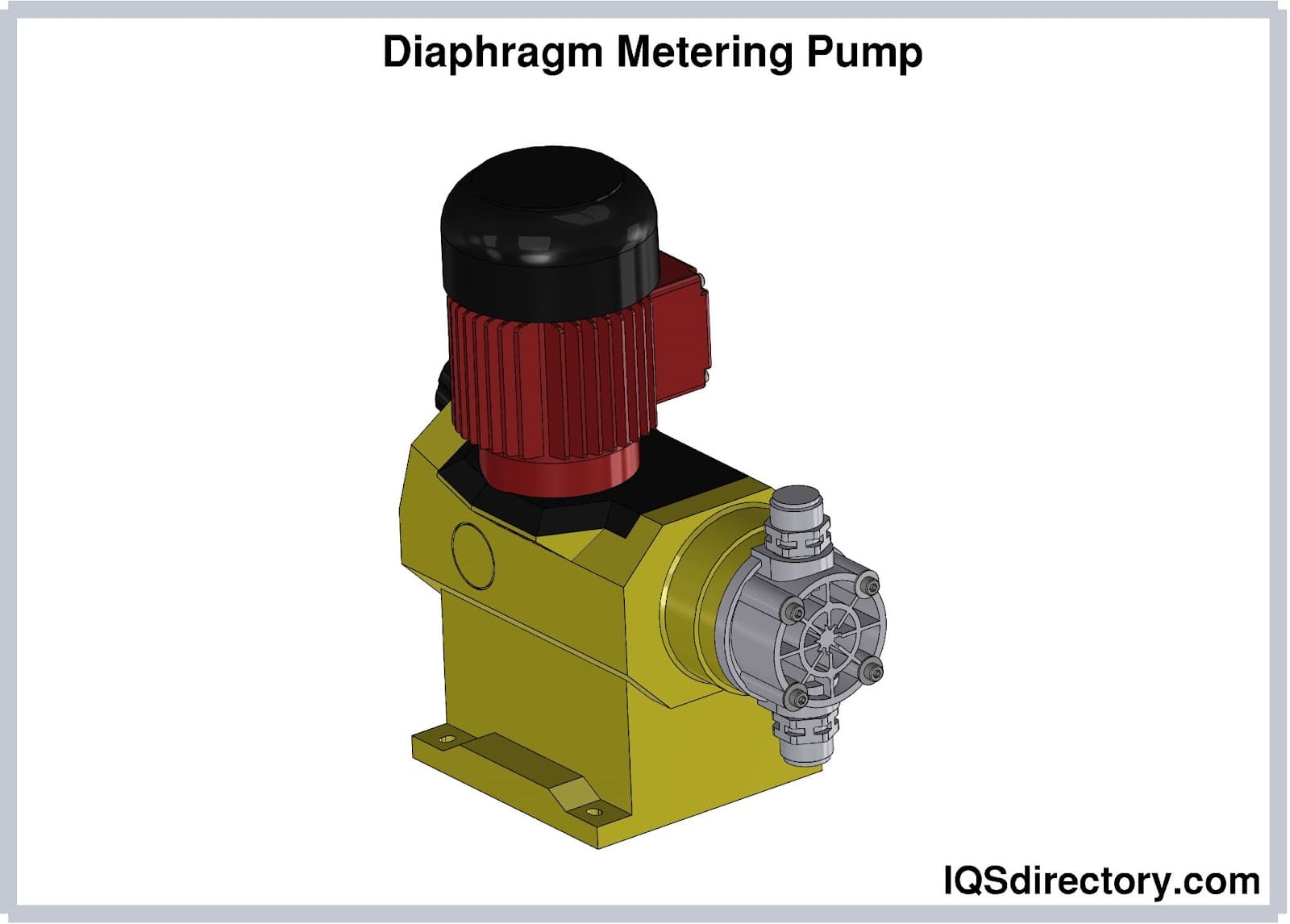
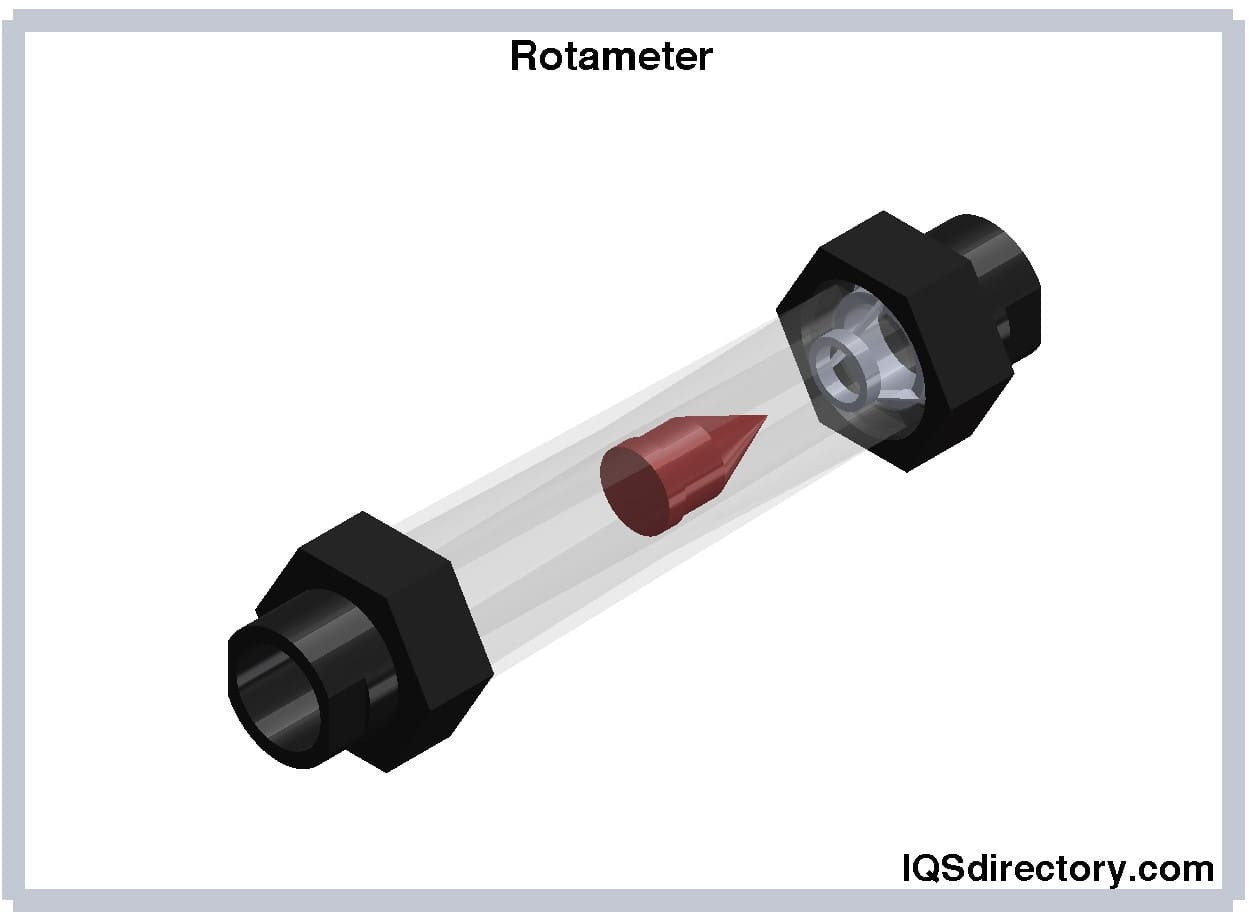
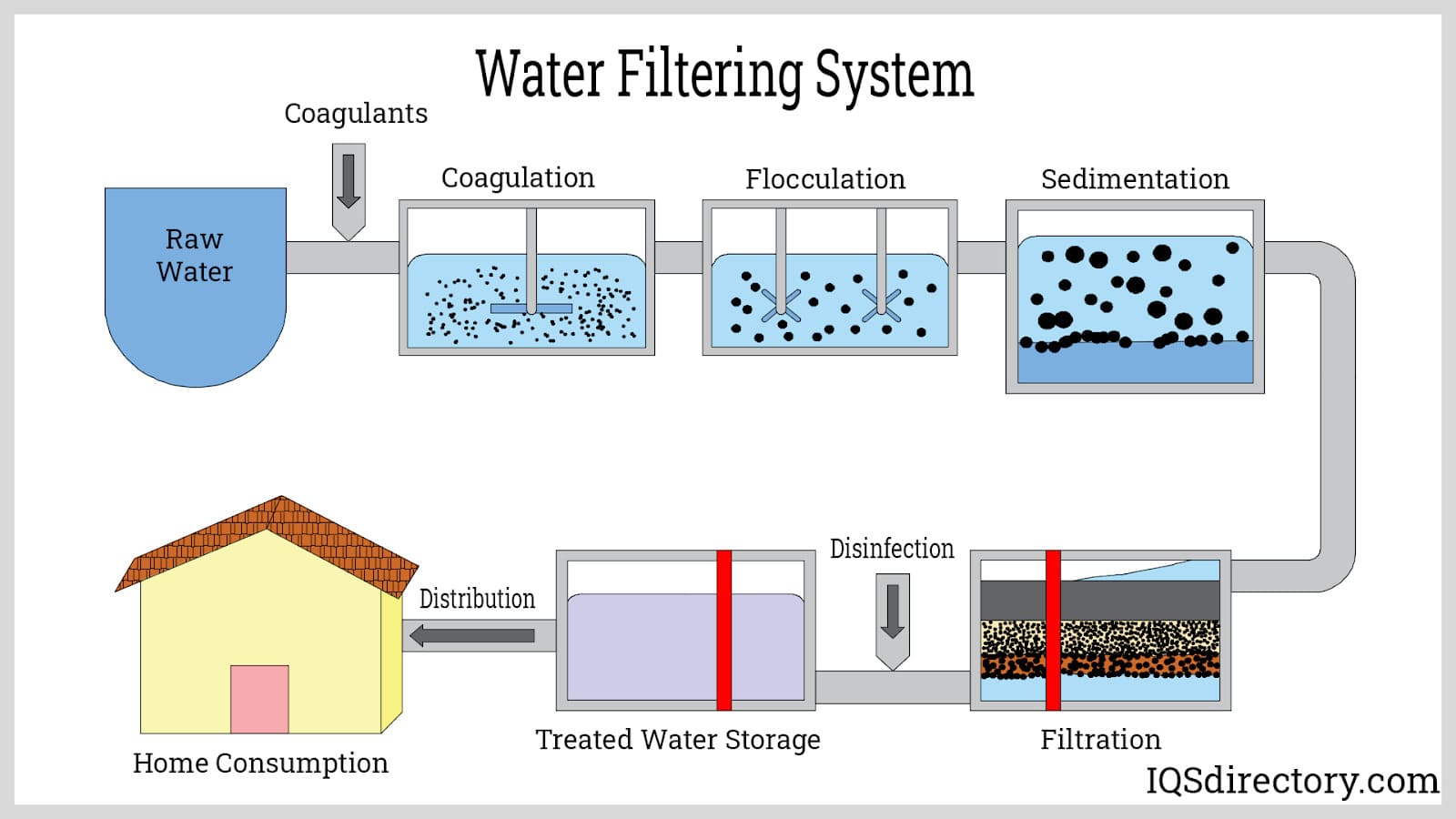
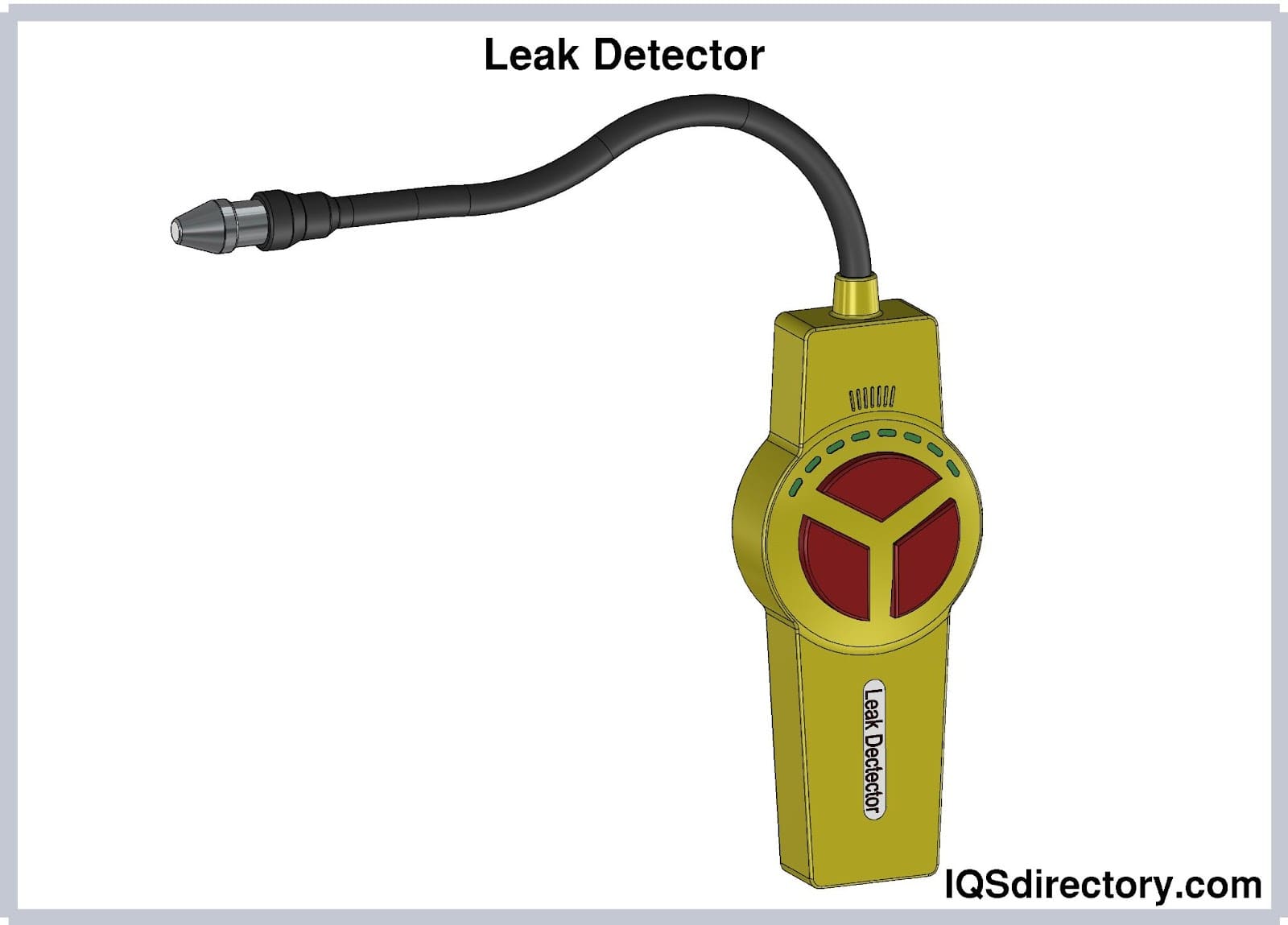
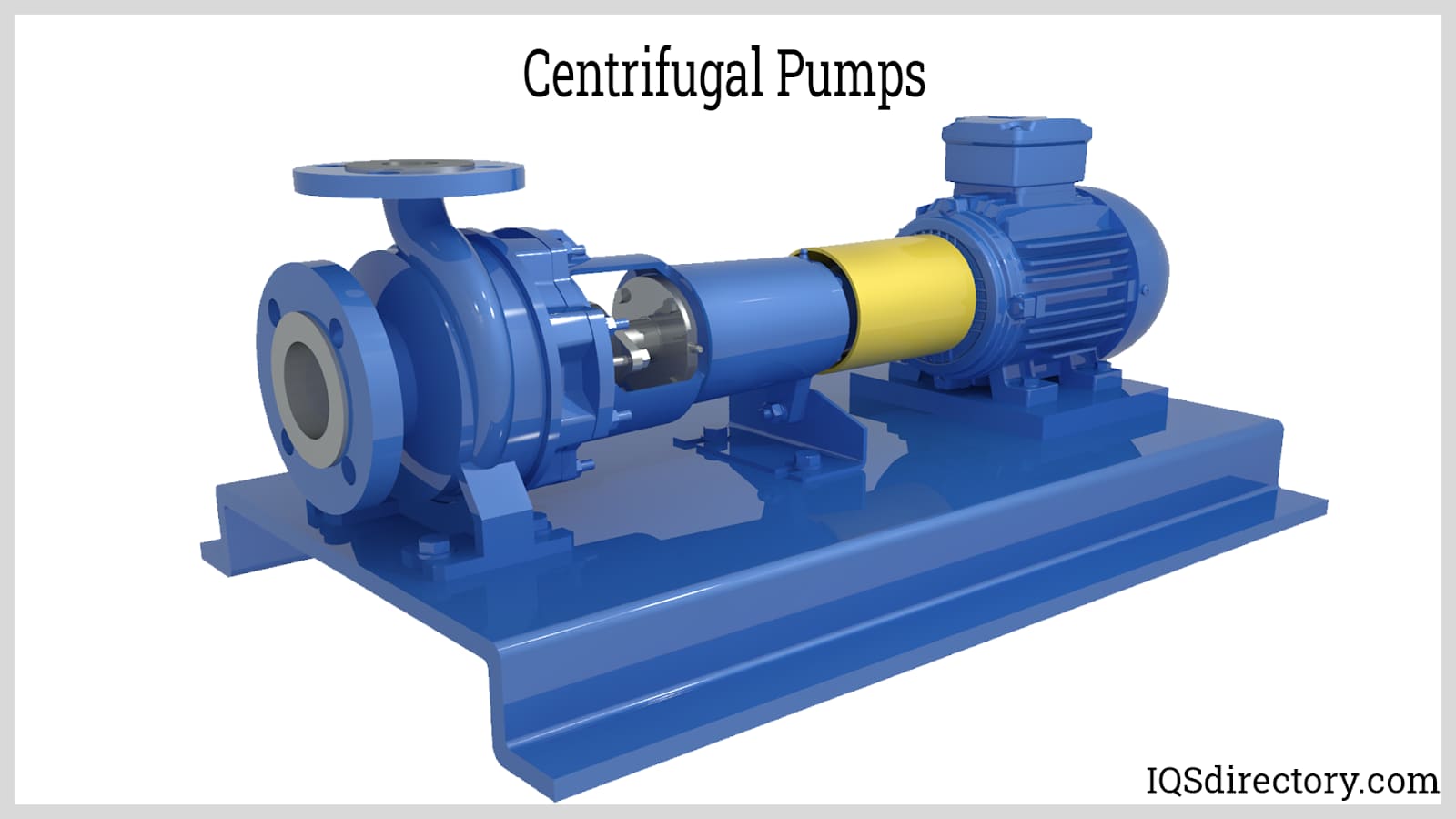
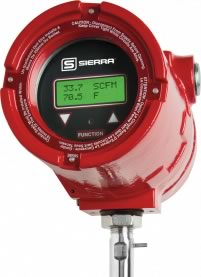 Flow Gauges
Flow Gauges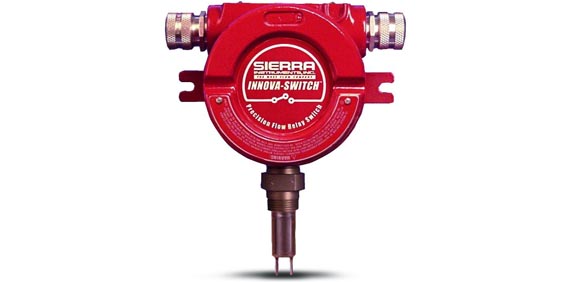 Flow Indicators
Flow Indicators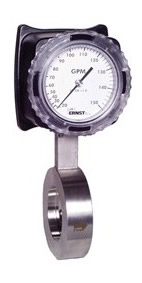 Flow Meters
Flow Meters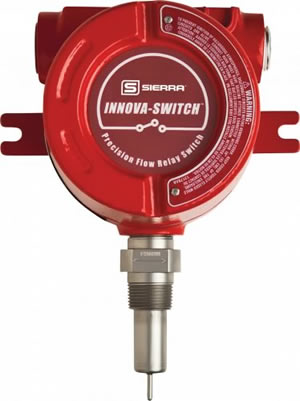 Flow Switches
Flow Switches Castings & Forgings
Castings & Forgings Bulk Material Handling
Bulk Material Handling Electrical & Electronic Components
Electrical & Electronic Components Flow Instrumentation
Flow Instrumentation Hardware
Hardware Material Handling Equipment
Material Handling Equipment Metal Cutting Services
Metal Cutting Services Metal Forming Services
Metal Forming Services Metal Suppliers
Metal Suppliers Motion Control Products
Motion Control Products Plant & Facility Equipment
Plant & Facility Equipment Plant & Facility Supplies
Plant & Facility Supplies Plastic Molding Processes
Plastic Molding Processes Pumps & Valves
Pumps & Valves Recycling Equipment
Recycling Equipment Rubber Products & Services
Rubber Products & Services